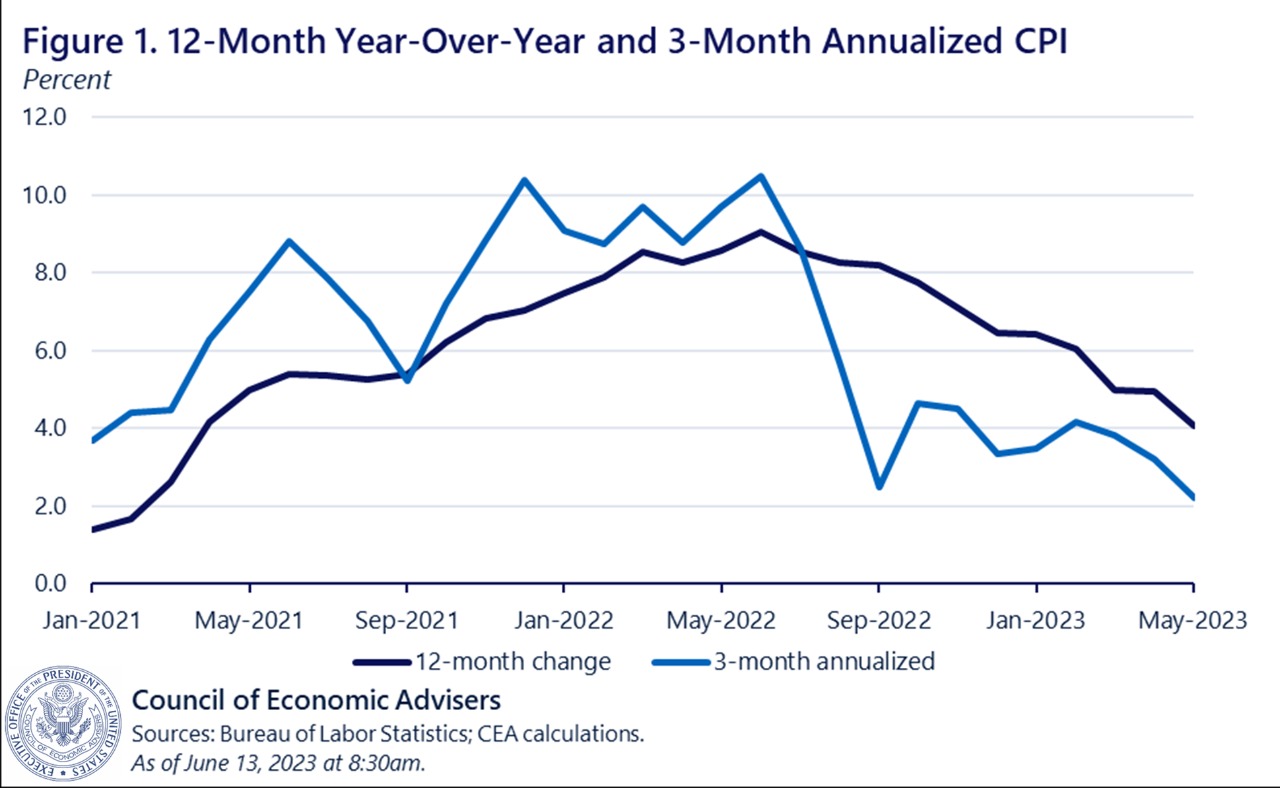Federal Reserve Chair Jerome Powell has surprised the financial world by emphasizing the importance of regulating stablecoins, considering them a form of currency that requires careful management. With discussions underway on crypto legislation, Powell highlighted the need for robust central-bank oversight to maintain the credibility of the U.S. dollar.
Stablecoins: A Brief Overview
Stablecoins are a unique category of cryptocurrencies that aim to offer stability by pegging their value to traditional assets, such as fiat currencies or commodities. Unlike volatile cryptocurrencies like Bitcoin, stablecoins seek to provide a more reliable means of payment and store of value.
A Call for Stablecoins Regulation: Powell’s Testimony
In a testimony before the House Financial Services Committee, Jerome Powell advocated for stringent regulation of stablecoins. He stated,
“We do see payment stablecoins as a form of money, and in all advanced economies, the ultimate source of credibility in money is the central bank, … We believe it would be appropriate to have quite a robust federal role.”
As a result, he believes that a robust federal role is necessary to govern stablecoins effectively. Powell’s comments were in response to the draft legislation proposed by the House Financial Services Committee in April 2023, which aims to bring stablecoins within the regulatory framework.
Past Views and Current Stand of Stablecoins: Evolution of Regulation
It is worth noting that Powell has previously expressed the need for regulating stablecoins, recognizing the potential benefits they offer to the financial industry. While acknowledging the current state of the crypto industry as “chaotic” in March 2023, he cautioned against overregulation to avoid stifling progress.
In response to the growing presence of stablecoins, lawmakers in the House Financial Services Committee unveiled a legislative proposal in April 2023. The proposed bill aims to establish a regulatory framework for stablecoins, outlining various measures to govern this emerging sector.
In early June, Congressman Patrick McHenry introduced a bill to clarify the decentralization status of crypto projects, paving the way for classifying securities.
However, the path to positive legal actions comes amidst the scrutiny faced by native crypto companies. Entities like Binance and Coinbase have been accused by the U.S. Securities and Exchange Commission (SEC) of listing tokens that the SEC considers securities.
In general, discussions on stablecoin regulation have faced challenges, especially concerning the role of states in oversight. While Republicans argue for significant state involvement in monitoring stablecoin issuers, Democrats, such as Rep. Maxine Waters, stress the importance of establishing a strong federal floor for regulation.
Challenges Ahead of Stablecoins: Legislation and Economic Outlook
Congressman McHenry informed the committee that both proposed bills will be discussed in mid-July. Nevertheless, the bills are likely to face opposition from Democrats before reaching the Senate and President Biden.
Despite these challenges, Powell’s call for strong oversight indicates a positive shift in regulatory measures, especially as major financial players such as BlackRock and the Citadel-Fidelity-Charles Schwab trio have entered the crypto market.
Regarding the U.S. economic outlook, Powell reaffirmed the Fed’s commitment to maintaining low-interest rates until the end of 2023 or until inflation reaches the 2% target. In a June meeting, the Fed made an unprecedented decision to pause interest rate hikes after ten consecutive increases.

The latest Consumer Price Index (CPI) data for May 2023 showed a decrease in U.S. inflation to 4%.
Despite market fluctuations, stablecoins have demonstrated staying power in the cryptocurrency industry. Federal Reserve Chair Jerome Powell acknowledged the resilience of stablecoins, noting that the market has endured despite significant fluctuations since the previous year.
The Central Bank Digital Currency Debate
Alongside the call for stablecoin regulation, there has been an ongoing debate about central bank digital currencies (CBDCs). While many countries are exploring the possibility of CBDCs, Powell emphasized that the U.S. is far from implementing one. If a digital dollar were to be introduced, the Federal Reserve would not manage retail accounts for individuals. Instead, these accounts would be handled through the existing banking system.
Conclusion
Jerome Powell’s call for the regulation of stablecoins marks a significant milestone in the evolution of the crypto market. With the increasing importance of stablecoins as a form of currency, a robust regulatory framework is necessary to ensure stability and protect the position of the U.S. dollar.
As the U.S. Congress engages in discussions on crypto legislation, the future of stablecoins and the broader cryptocurrency landscape will likely witness new developments. While challenges persist, a balanced approach to regulation could unlock the potential of these digital assets while safeguarding investor interests and financial stability.
Disclaimer: The information in this article is not investment advice from CryptoChill. Overall, cryptocurrencies always carry many financial risks. Therefore, do your own research before making any investment decisions based on this website’s information.











No Comment! Be the first one.